| HOME |
| WELCOME |
| LOBBY |
|
HEMP
FOR VICTORY: A GLOBAL WARMING SOLUTION |

Click The Cover |
| ABOUT THE CURATOR |
| MUSEUM STORE |
| HEMP ROOMS |
| AGRICULTURE |
| BIO-FUELS |
|
BUILDING
MATERIALS |
| CANNABIS COMMENDATIONS |
|
CHEMICAL FEED STOCKS |
| ENVIRONMENTAL BENEFITS |
|
FOOD
PRODUCTS |
| HISTORY |
|
LEGAL
MATTERS |
| LIBRARY |
|
MEDICINE & HEALTH |
| PAPER-PULP |
| PLASTICS |
|
POLITICAL MATTERS |
|
RECREATION & RELIGION |
| ROPE & TWINE |
| TEXTILES |
|
VARNISH & PAINT |
| USA HEMP MUSEUM'S OFFICE |
| BANNERS & LINKS |
| RICHARD M. DAVIS BLOG |
| HEMP FOR VICTORY NOW BLOG |
| MEMBERSHIP |
| CONTACT US |
| PRESS |
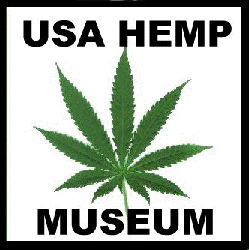 |
HEMP READINGS ON HISTORY USA Hemp Museum Store - Bookmark This Site - Museum Link - Email The Museum |
18. READINGS ON HEMP HISTORY
The history of hemp goes beyond the evolution of man. It is likely that before tool use by human ancestors, those ancestors ate hemp seeds and leaves. Over the millions of years of human development, the hemp plant was there by the side of our ancestors. After food in the evolution of the human-hemp relationship probably came string and twine, then rope. Hemp was one of the first plants cultivated in the new agriculture that gave rise to modern civilization about 15,000 years ago. Hemp was used for rope, twine, fish nets and textiles. And those textiles became sails. Recycled sails, nets and clothes were pulped into paper starting in 105 A.D. in China. Printing started on hemp paper.
 |
ILLUSTRATED HISTORY OF SHIPS &
BOATS. By Lionel Casson. 1964. Doubleday &
Company, Inc. Garden City, New York. 272 pages, 306
illustrations. Hemp was there in two of the greatest endeavors of human experience, sailing ships and the written word. It was the power of the wind caught in hemp sails held by hemp ropes that carried the commerce of the world for thousands of years. And hemp paper has been the tablet on which was written and printed the past two thousand years of human experience and invention. |
 |
THE BOOK OF OLD SHIPS: And Something of Their Evolution
and Romance. , by H.B. Culver & G.
Grant. 1924. Garden City Publishing, Garden City, N.Y. 306
pages. |
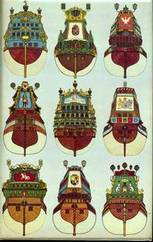 |
A HISTORY OF SHIPS
AND SEAFARING. By Courtlandt Canby. 1963.
Hawthorn Books Inc. Publishers, New York, N.Y. 115
pages. 139 illustrations. Volume 2 of the New Illustrated Library of Science and Invention, this book has a chronology of seafaring. The date 4000 B.C. is suggested as the start of sailboats in Mesopotamia. |
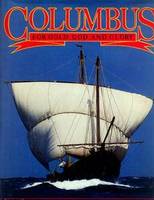 |
 |
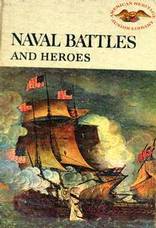 |
 |
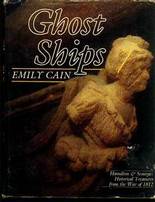 |
GHOST SHIPS. By Emily Cain.
1983. Fountain Press Ltd. Berkshire, U.K. 145
pages. 90 illustrations. Hamilton &
Scourge: Historical Treasures from the War of 1812. Sunk in a squall in Lake Ontario in 1813, the two ships were located in 1975 and photographed in 1982 by the National Geographic Society, which found near-perfect preservation in the near-freezing waters and an astonishing range of artifacts.
|
 |
 |
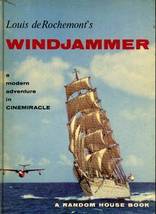 |
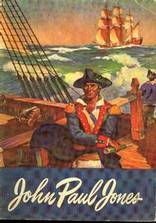 |
 |
 |
 |
 |
 |
 |
 |
PAPERMAKING: The History & Technique
of an Ancient Craft. By Dard Hunter. 1947.
Alfred A. Knopf, Inc. New York. 611 pages. "Tells all that the average reader will want to know about paper, and shows the vast importance that this everyday material has had in the shaping of civilization, and provides fascinating, even romantic reading as well." -From overleaf. Hunter has a dozen references to hemp in the history of papermaking, from the first paper, to the first printing on paper and the first paper book. His 125 page chronology of paper and allied subjects is an incredible account of the importance of paper in storing and disseminating knowledge and civilizing the world. |
 |
MARIJUANA: MEDICAL PAPERS. Edited
by Tod H Mikuriya, M.D. 1973. Medi-Comp Press,
Oakland, CA. 465 pages. CONTENTS:
Includes historical medical papers in the following general categories. I. From East to West II. Personal Experiences and Speculations III. Therapeutic Excursions IV. Recent Acute Clinical Studies V. Chemical and Pharmacological Studies VI. Social Origins of the Marijuana Laws Mikuriya is a contemporary activist hero in the effort to re-legalize the medical uses of marijuana for medicine. |
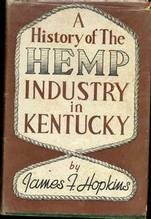 |
A HISTORY OF THE HEMP INDUSTRY IN
KENTUCKY. By James F. Hopkins. 1951.
University of Kentucky Press, Lexington, Kentucky. 240
pages. CONTENTS: I. The Hemp Farm II. Management and Sale of the Crop III. Prices and Production to 1861 IV. Manufacturing to 1861 V. Production of Hemp for Marine Use VI. The Decline of the Industry
|
|
|
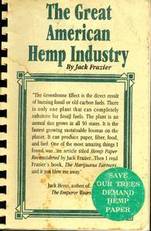 |
 |
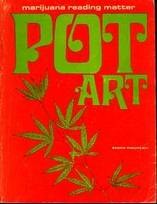 |
POT ART: Marijuana Reading Matter.
By Stone Mountain. 1972. Apocrypha Books of Omen
Press, Tucson, AZ. 200 unnumbered pages. Book size
11 X 8 1/2 inches. Contents: An anthology of reprints from the popular press, from 1924 to 1972. "POT ART'S collection readable as Camp Pop Politics Data reveals in hindsight floodlight the total madness of the American Government's Drug Bureaucracy - here's doublethink Decades old preceding our present Orwellian Crisis of Nerves - these photographs from past verbiage document the brainwash laid on US culture thru mass media for decades by corrupt police agencies addicted to power." - Allen Ginsberg |
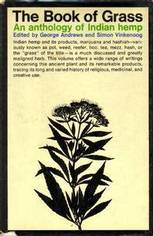 |
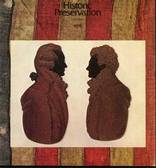 |
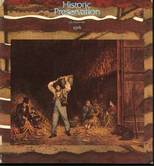 |